
Filter by

Filter by
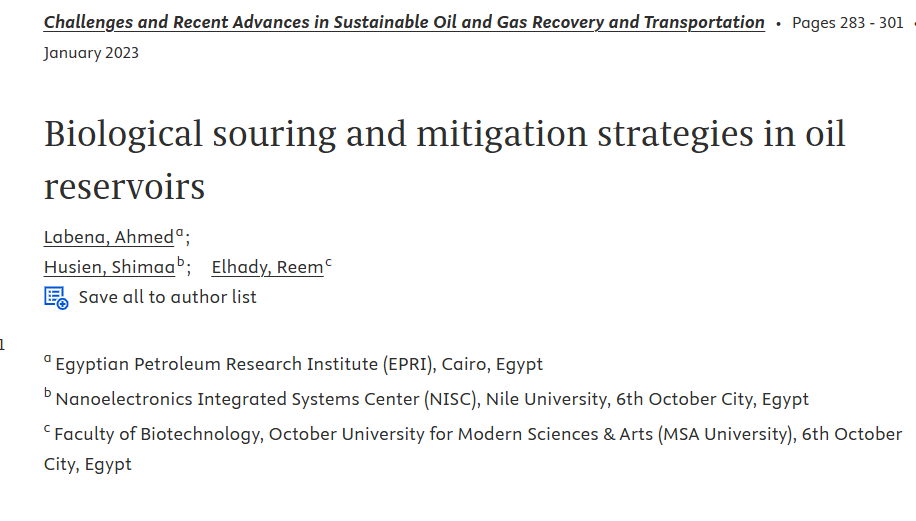
Biological souring is one of the major problems facing the oil and gas sector as a result of biogenic sulfide generation in the reservoirs. Sulfidogenic microorganism and particularly sulfate-reducing bacteria are the main generator of the biogenic sulfide. In consequence, souring has a plethora of economic and environmental problems. It has a negative impact on the petroleum industry, where the
The building construction materials are responsible for a large amount of energy and natural resource consumption. In light of the current challenges of resource scarcity and global climate change, the circular economy (CE) is a promising strategy to mitigate pressure on the environment, improve supplying of raw materials, and increase new market and employment opportunities. Developing eco
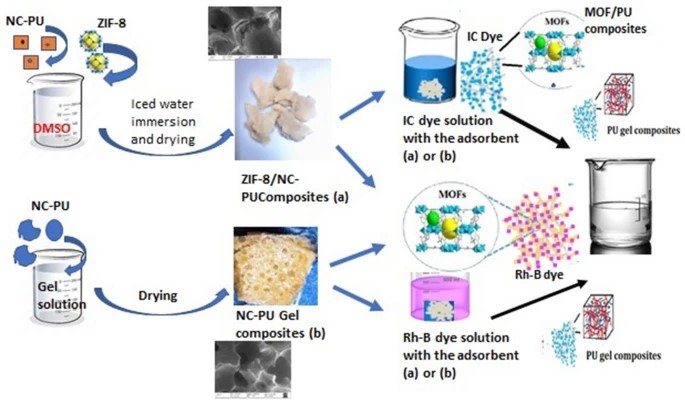
New hybrid metal organic framework based polymer nanocomposite (ZIF-8/NC-PU) and interpenetrating polymer gel nanocomposites (NC-PU) were prepared for the adsorption of cationic (Rh-B) and anionic (IC) dyes from aqueous solution. The characterisation of the ZIF-8 based composites and gel composites is carried out using FT-IR and SEM analysis to investigate the chemical composition and morphology

Starting with the simple geometry of a flat plate to study the transient phase of the morphing Shock Control Bump (SCB), this paper presents the results of the second phase of our investigation. The SCB is morphed with different velocity profiles at the optimal morphing time from our previous study. Five motion profiles are tested to morph the SCB, namely; linearmotion, parabolic motion, half
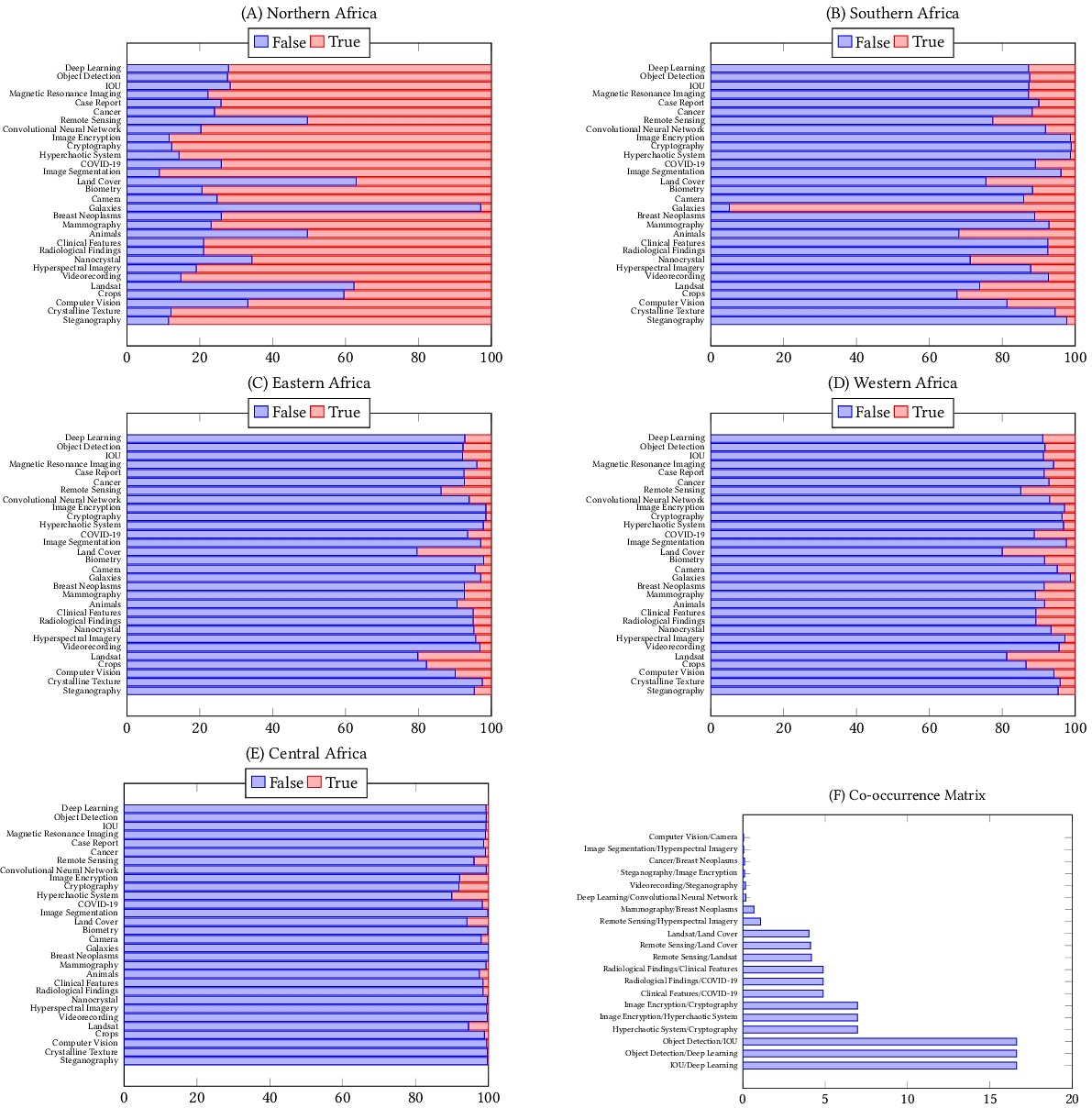
Computer vision is a broad field of study that encompasses different tasks (e.g., object detection, semantic segmentation, 3D reconstruction). Although computer vision is relevant to the African communities in various applications, yet computer vision research is under-explored in the continent and constructs only 0.06% of top-tier publications in the last ten years. In this paper, our goal is to
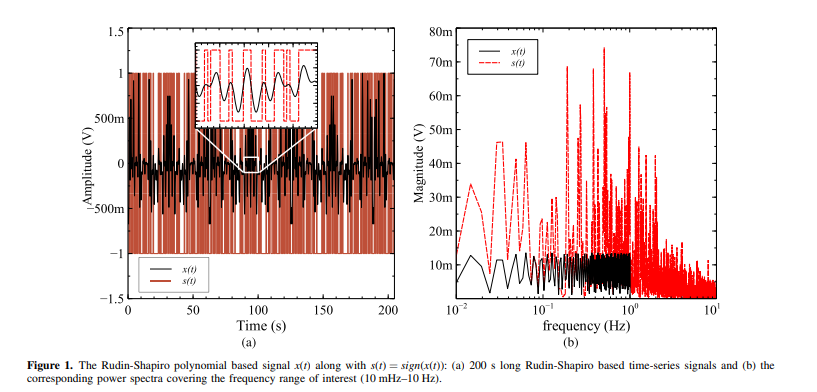
Electrochemical Impedance Spectroscopy (EIS) has become an increasingly important diagnostic and monitoring tool in many industries. An obstacle that arises when employing EIS in low and ultra low sub-Hz frequencies is the long measurement time associated with using the conventional frequency-sweep method. One possible solution to this problem is to use wide-band signals that cover at once the
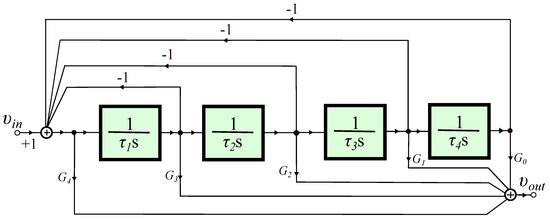
Fractional-order Butterworth filters of order 1 + (Formula presented.) (0
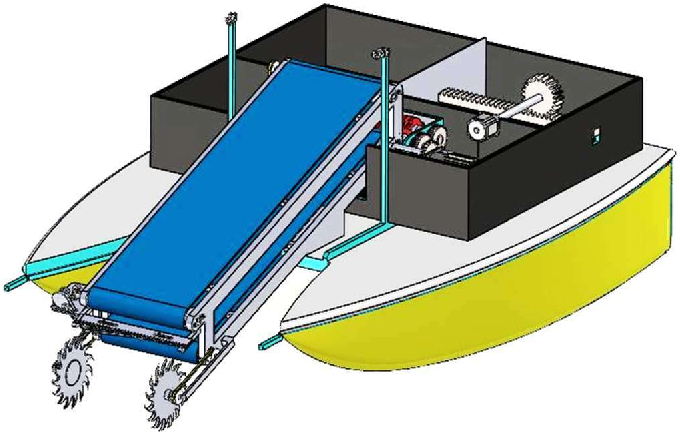
Water hyacinth has become widespread in freshwater bodies in several countries, leading to various issues, particularly its substantial water consumption and the resulting need to control its growth. Among the different methods of controlling water hyacinth, mechanical control stands out as the most effective and environmentally friendly approach. A proposed harvester robot has been developed
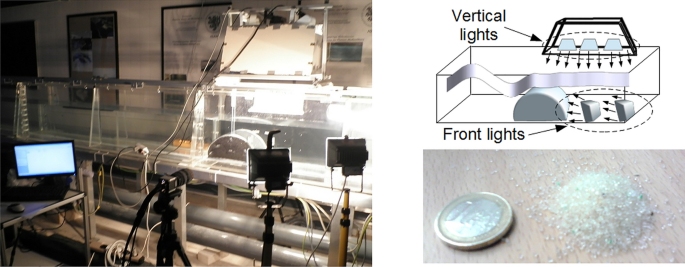
Abstract: Careful design of the high-tech semi-circular breakwaters (SBW), which are used for protection against sea waves, is essential to avoid the failure of these large-scale projects. An improved design tool adopting numerical simulations, complemented with experimental measurements is introduced. Unstructured boundary-fitted grids are used to model the curved SBW boundary accurately and
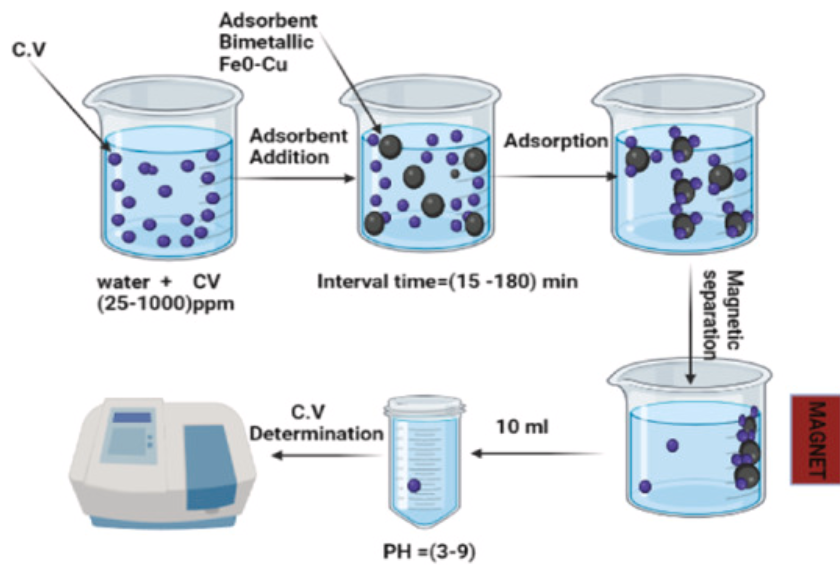
Nano zero-valent iron (nZVI), bimetallic nano zero-valent iron-copper (Fe0– Cu), and fava bean activated carbon-supported bimetallic nano zero-valent iron-copper (AC-Fe0-Cu) are synthesized and characterized using DLS, zeta potential, FT-IR, XRD, and SEM. The maximum removal capacity is demonstrated by bimetallic Fe0–Cu, which is estimated at 413.98 mg/g capacity at pH 7, 180 min of contact